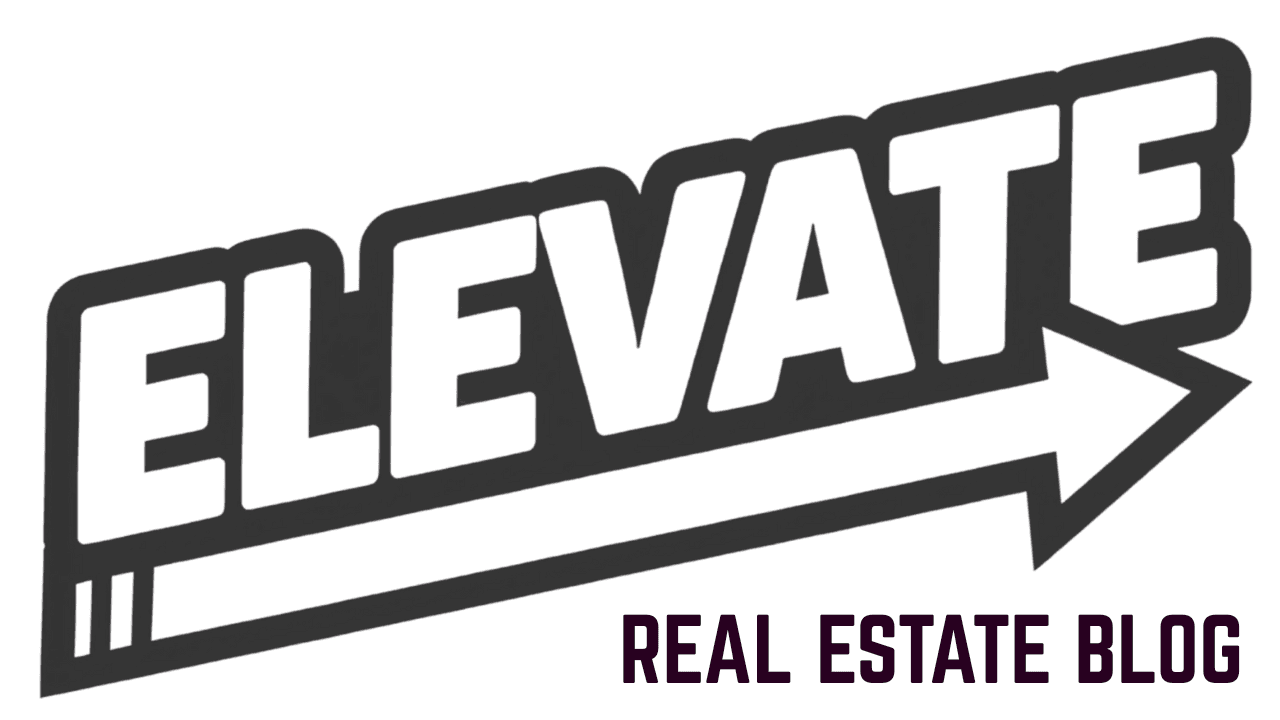Vision boards transform abstract real estate goals into tangible visual reminders that drive daily action. They work by creating neural pathways that reinforce your objectives, keeping you focused on what matters most in an industry full of distractions.
Why Vision Boards Work for Real Estate Agents
Real estate professionals face constant decision fatigue. Multiple opportunities, market changes, and client demands create mental clutter that obscures your core objectives. Vision boards cut through this noise.
Neuroscience research shows visualization strengthens neural pathways associated with goal achievement. Athletes use this technique to improve performance. Real estate agents can apply the same principle to close more deals and build wealth faster.
When you view your vision board daily, you reinforce mental connections to your goals. This increases motivation and builds confidence during challenging market conditions.

Core Benefits for Real Estate Success
Clarity Over Confusion
Vision boards eliminate ambiguity about your priorities. Instead of chasing every lead or opportunity, you make decisions aligned with your displayed objectives. This focus prevents wasted time and energy.
Enhanced Decision Making
Every choice becomes easier when measured against your visual goals. Should you take that listing in a distant market? Check your vision board. Does it align with your displayed objectives? The answer becomes clear.
Increased Accountability
Visual reminders create internal pressure to act. When your goals stare back at you from your office wall, procrastination becomes uncomfortable. Action becomes inevitable.
Motivation During Downturns
Real estate markets fluctuate. Client rejections happen. Deal financing falls through. Vision boards remind you why you started and where you're headed, maintaining momentum through setbacks.
Step-by-Step Creation Process
Define Specific Goals
Write down exact objectives. Replace "I want more money" with "I will earn $500,000 in commissions by December 2024." Specificity creates accountability.
Determine your real estate focus. Residential sales? Commercial properties? Investment flipping? Rental income? Each path requires different visual elements.
Choose Your Format
Physical boards work best for office display. Use cork boards, poster boards, or bulletin boards. Digital versions work for phones and computer screens but lack the physical presence that drives subconscious awareness.
Gather Visual Elements
Collect images that represent your objectives:
- Properties you want to sell or own
- Neighborhoods where you want to work
- Lifestyle images showing your desired income level
- Charts displaying financial growth targets
- Family photos if they motivate your work
Include words and phrases that inspire action. "Top Producer," "Million Dollar Agent," or specific income numbers work well.

Arrange for Maximum Impact
Place your most important goal in the center. Arrange supporting elements around it. Use colors that energize you. Avoid cluttered layouts that confuse your focus.
Test different arrangements before finalizing. Your eye should move naturally from one element to another, creating a visual story of your success journey.
Essential Elements for Real Estate Vision Boards
Financial Targets
Include specific income goals, not vague wealth symbols. Display your annual commission target, monthly income goal, and net worth objective. Numbers create urgency that generic money images cannot match.
Add visual progress trackers. Create charts or graphs showing your current position and desired endpoint. Update these regularly to maintain momentum.
Professional Achievements
Show the recognition you want. Awards, rankings, speaking opportunities, or industry positions. These images program your subconscious to pursue activities that lead to professional growth.
Lifestyle Outcomes
Display what financial success enables. New home, family vacations, children's education, or retirement security. These emotional connections fuel persistence through difficult periods.
Market Presence
Include images representing your desired market position. Geographic areas, property types, or client demographics you want to serve. This focus prevents scattered effort across too many niches.

Using SMART Goals with Vision Boards
Transform visual inspiration into actionable objectives using SMART criteria:
Specific: "Buy three rental properties" instead of "invest in real estate"
Measurable: Include exact numbers, dates, and quantities
Achievable: Set challenging but realistic targets based on market conditions
Relevant: Align with your skills, resources, and market opportunities
Time-bound: Add deadlines to create urgency
Write these SMART goals on your vision board. Place them where you'll read them daily.
Implementation Strategy
Daily Viewing
Place your vision board where you start each day. Your home office, bathroom mirror, or car dashboard work well. Consistent exposure reinforces neural pathways.
Spend two minutes each morning reviewing your board. Visualize achieving each goal. Feel the emotions associated with success. This mental rehearsal prepares your subconscious for opportunity recognition.
Weekly Review
Assess progress weekly. Which goals moved forward? What obstacles appeared? Update your board to reflect new information or changed priorities.
Monthly Updates
Add new elements as goals evolve. Remove achieved objectives and replace them with bigger targets. Keep your vision board challenging but achievable.
Tracking Progress with Data
Modern real estate success requires data-driven decision making. Tools like PWRU's Pulse Intelligence help agents track performance metrics that support vision board goals.
Monitor key indicators: lead conversion rates, average commission per deal, time from listing to closing, and client satisfaction scores. These metrics reveal whether your daily actions align with your visual objectives.

Common Mistakes to Avoid
Vague Images
Generic luxury symbols don't motivate like specific, personal images. Use photos of actual properties in your market, not stock images of mansions you'll never encounter.
No Action Plan
Vision boards without supporting action plans become wishful thinking. Create quarterly, monthly, and weekly milestones that bridge daily activities to long-term goals.
Forgetting Updates
Static boards lose motivational power. Update elements regularly to maintain emotional engagement and reflect changing objectives.
Making Vision Boards Actionable
Vision without action produces nothing. Successful agents combine visualization with systematic execution.
Break each vision board element into actionable steps. "Million dollar producer" becomes "generate 50 qualified leads monthly" which becomes "make 20 prospecting calls daily."
Use tools that support your vision board objectives. PWRU's comprehensive platform helps agents manage leads, track performance, and optimize workflows that turn visual goals into real results.
Review your vision board before planning each day. Let your displayed objectives guide task prioritization and time allocation.
Long-Term Success
Vision boards work when backed by consistent action and regular review. They provide direction during uncertainty and motivation during setbacks.
Create your vision board this week. Display it prominently. Review it daily. Most importantly, let it guide your daily decisions and actions.
Ready to turn your real estate vision into systematic success? Discover how PWRU's Pulse Intelligence can help you track progress toward every goal on your vision board at https://plan.pwru.app.




